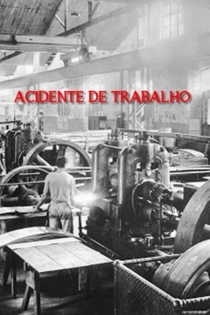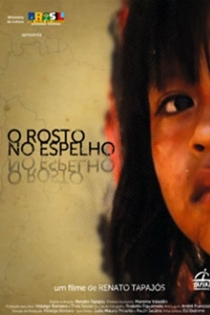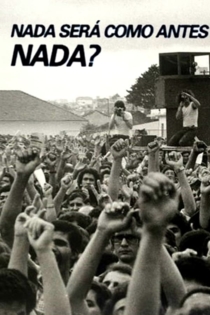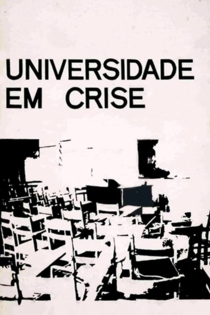
Renato Tapajós
2021Linha de Montagem
Renato Tapajós
Othon Bastos, Luiz Inácio Lula da Silva
Documentary about the strikes that took place in São Bernardo do Campo, in the State of São Paulo, Brazil, circa 1979/1980. That moment was of utmost importance, since it revealed a Union leader, Luís Inácio "Lula" da Silva, who would later become President of Brazil. It was also the moment when PT, the Workers' Party, became a relevant political force in Brazil.
Linha de Montagem
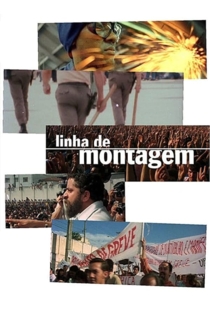
Fim de Semana
Renato Tapajós
Documentary about the self construction in peripheral neighborhoods of São Paulo. It gathers statements of residents of three areas: Taboão neighborhood in São Bernardo do Campo; Jardim d’Ávila in Osasco and Jardim Castilho in Embu. The film registers the life conditions in those areas and the sacrifice the workers are committed to in order to fulfill their dream of having a house: building, little by little, with the help of friends and relatives, on the weekends.
Fim de Semana

Trabalhadoras Metalúrgicas
Olga Futemma, Renato Tapajós
Luiz Inácio Lula da Silva
In the late seventies, a group of Brazilian documentary filmmakers traveled to the ABC region in the suburbs of São Paulo with the purpose of recording a wave of worker strikes taking place in response to the negligence of the increasingly powerful and abusive automotive industry. Documenting striking women metal workers, Olga Futemma and Renato Tapajós’ Trabalhadoras Metalúrgicas is a particularly vigorous work among the films produced during this moment in São Paulo worker history. Scenes filmed during the first Congress of Metallurgical Women of São Bernardo and Diadema in 1978 are intercut with images documenting the appalling working conditions against which the women featured in the congress were striking.
Women Metalworkers
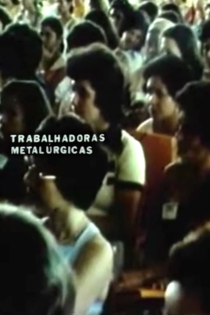
Corte Seco
Renato Tapajós
Massayuki Onishi, Gabriel Miziara
Corte Seco, Renato Tapajós' first fictional feature, takes place in 1969 and accompanies Rodrigo, a militant active in the fight against oppression and in favor of the removal of the military government. In this fight, everything was possible: invasion of radio studios to transmit a rebellious message; kidnapping of ambassadors promoted by groups, the so-called apparatuses; assault on banks to finance such activities.
Corte Seco
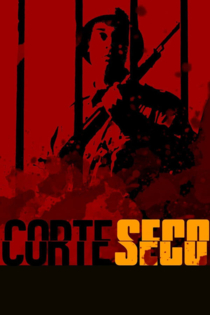
A Batalha da Maria Antônia
Renato Tapajós
The documentary portrays the confrontation of students with agents of the military regime, which became known as "The Battle of Maria Antônia". The event took place at Maria Antônia Street, which housed the Faculty of Philosophy of USP and the Mackenzie Presbiterian University, ended with the death of the student José Guimarães and the arson of the Faculty of Philosophy.
A Batalha da Maria Antônia


